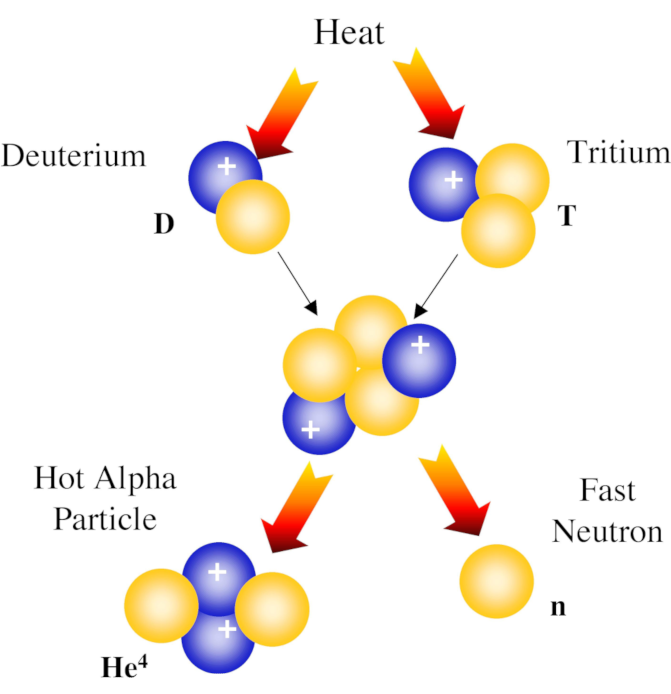Burn criteria for generic fusion reactors in space

In space, nuclear fusion reactors would face different issues than on Earth. For instance, mass, reliability and overall efficiency become far more crucial. Significant differences in the choice of materials, subsystems, and working principles of the fusion reactor are expected. In this context, it is useful to identify technologies that would play a key role and ways to foster them. It makes sense to follow the approach of “option reduction”, i.e. we ask which technology will probably not play a significant role.
The ACT collaborates with the Institute of Space System (IRS) in Stuttgart, Germany [1], in deriving generalized burn criteria for generically designed nuclear fusion reactors in space. These fusion reactors are initially modeled using a bottom up approach on a volumetric basis, i.e. without reactor shape, size, or type. The power balance considers the significant gain and loss terms including varying surface properties, energy conversion systems, and a newly derived reactor design [2, 3].
Recent model improvements [4] concern mostly nominal as well as non-nominal ones; the former is related to the side reactions between educts, whereas the latter between products (and educts and products). Results indicate that side reactions can impact significantly the burn conditions in a negative way. However, resolution of those effects also points towards another way to optimize the propellant mixtures.
Of course, the model gives the total mass on basis of the chosen parameters once the reactor shape, size, and type are defined. Our results confirmed that on a much more elaborated level the D-T reactors and the He3-He3 setups are not an option, due to the extremely high total masses and the heat generated in the vessel.
References
- Petkow, D., R.A. Gabrielli, G. Herdrich, R. Laufer, and H.-P. Roeser. 2012. "Generalized Lawson criterion for magnetic fusion applications in space." Fusion Engineering and Design, Vol. 87, pp. 30-38
- Gabrielli, R. A., D. Petkow, G. Herdrich, R. Laufer, and H.-P. Roeser. 2012. "Two Generic Concepts for Space Propulsion based on Thermal Nuclear Fusion." In IAC-12-C4.7-C3.5.6 presented at the 63rd International Astronautical Congress, Naples, Italy.
- Petkow, D., G. Herdrich, R. Laufer, R. Gabrielli, O. Zeile, and H.-P. Roeser. 2009. "Comparative investigation of fusion reactions for space propulsion applications." Transactions of Japan Society for Aeronautical and Space Sciences, Space Technology, Japan, Vol.7, pp 59 – 63.
- Gabrielli, R. A., G. Herdrich, H.-P. Roeser, S. Haid, M. Heyn, and D. Petkow. 2012. "Effect of Nuclear Side Reactions on Magnetic Fusion Reactors in Space." In 48th AIAA/ASME/SAE/ASEE Joint Propulsion Conference & Exhibit and 10th International Energy Conversion Engineering Conference, Atlanta, Georgia.